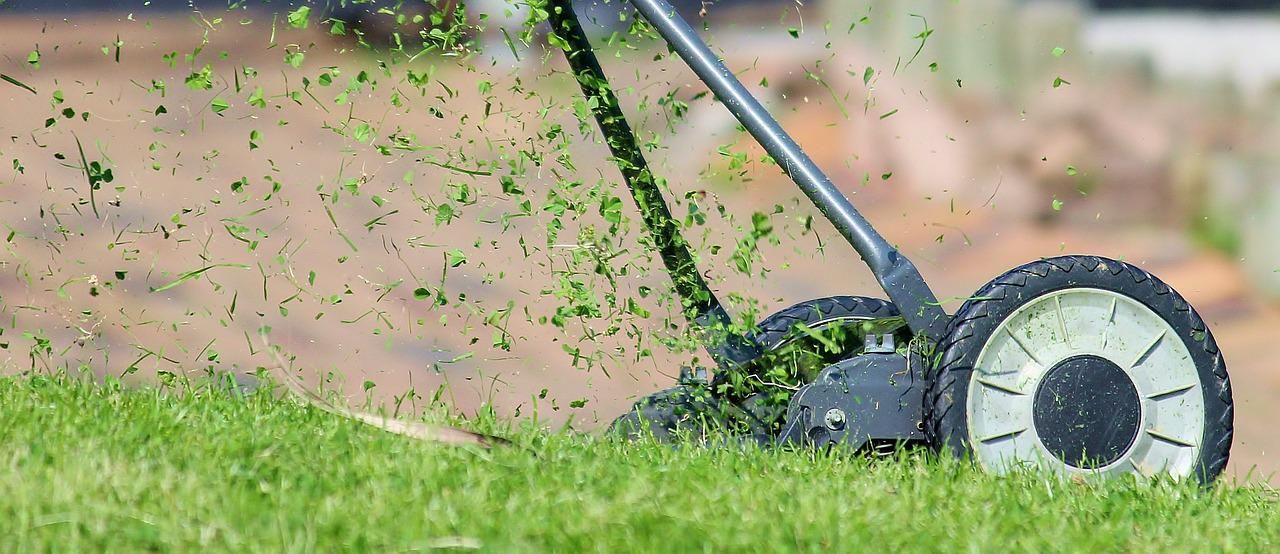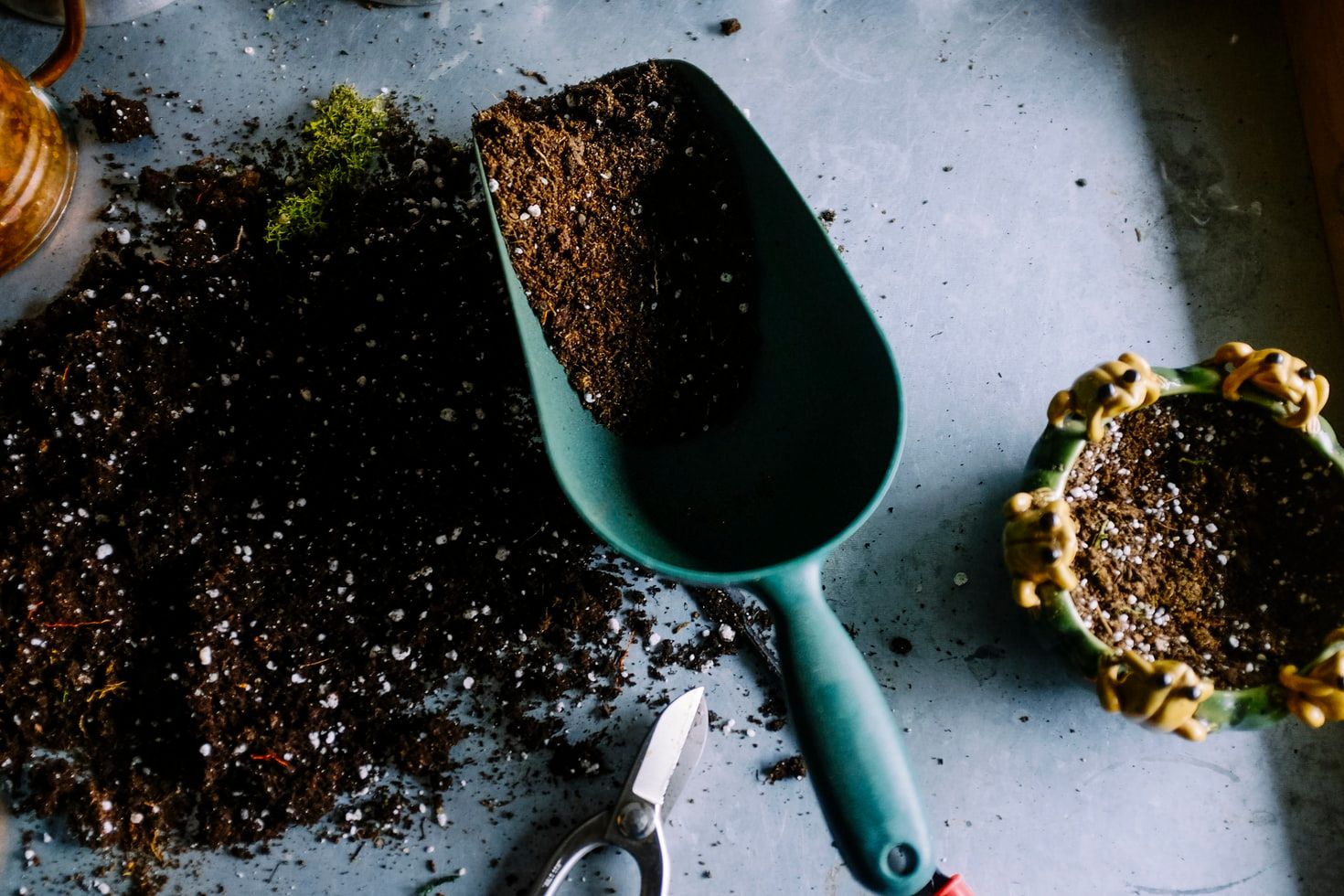A lush, green lawn is a dream for many homeowners. It's a place for children to play, adults to enjoy, and families to hang out in and spend time together all summer long. A lawn is the home of many activities, but some summer hobbies, like having your flower or vegetable garden, meaning you'd like to avoid grass spreading.
While many want lawn grass to spread to those dreaded patchy spots, it can be a nuisance if it spreads to areas you'd rather remain grass-free. Fortunately, this guide is here to fill you in on how lawn grass spreads–so you can fill in any areas you'd like–as well as tips on how to stop it in its tracks.
Does Lawn Grass Spread?
Image credits: Fauzan Saari via Unsplash
Before you learn how to stop lawn grass from spreading, it's important to answer one crucial question: does lawn grass spread? In short, while all lawn grass spreads, the speed depends on the type of grass you have. Some grasses spread quickly, while others can take years.
Three parts of grass make it spread:
- Tillers: stem of the grass that gets mowed
- Rhizomes: underground stems that grow outward and form new shoots/tillers
- Stolons: stems that grow above ground and shoots form from each node
Tools You Will Need to Stop Grass Spreading
Image credits: Counselling via Pixabay
Before you learn how to stop grass spread, it's important to consider all the tools you will need. While you may prefer one option over the other, here are the products and items you'll need to stop lawn grass from spreading:
- Hand trowel or garden shovel
- Lawn mower
- Mulching
- Gardening gloves
- Rake and/or broom
How to Stop Lawn Grass From Spreading
Option 1: Use a Garden Border
Image Credit: Lori L. Stalteri via Creative Commons
Garden edgings and borders are an effective way to protect your crops and florals from invading turf. They act as a physical barrier, disconnecting your lawn from your garden. Whether you use wood, metal, or stone, it's important to bury the material 6-8 inches deep to block the roots while ensuring it remains tall enough to block the grass. It also adds a finishing, aesthetically pleasing touch to your yard.
Option 2: Properly Trim the Lawn
Image credits: U. J. Alexander via Canva
Properly caring for your lawn is a crucial step to avoiding grass spread. Cutting less than 1/3 of the grass blade is a good way to ensure it doesn't spread, but it also helps the grass maintain its thick, lush appearance, as does regular mowing. That being said, you should also pay attention to the direction the grass trimmings shoot while you mow.
Start at the edges or opt to hand-pick weeds, working your way to the center of the lawn and always ensuring that the clippings are shooting inward. Rake or sweep up any stray trimmings to ensure they don't propagate.
Option 3: Use Mulching
Image credits: ArtisticOperations via Pixabay
Mulch is a popular addition in many gardens because it effectively stops weeds from growing, but it has other benefits such as moisture retention and temperature regulation, and it also protects the soil. It also acts as a barrier between turf and soil and protects the soil from stray grass blades.
From newspaper to straw mulching, there are plenty of options on the market. Mulch is rather simple to install and maintain, and it boasts so many benefits that it's a no-brainer!
Option 4: Dig Trenches
Image credits: Neslihan Gunaydin via Unsplash
Trenching is another way to put a physical barrier between your garden and your lawn. A 3-5 inch trench will keep grass out of anywhere you want, whether that's your rose bushes or your pathways. It should also be about 4-5 inches deep to stop the grass from forming roots. This form of edging requires a bit more upkeep since you will need to ensure the trenches are maintained all season.
In Summary
While there are many benefits to lawn grass spread, it can be frustrating when you try to keep your gardens and pathways in pristine condition. Fortunately, it's simple enough to keep your lawn grass in check and requires almost no extra maintenance to your yard.
Before you go, here are a few key things to remember: seed grass carefully, keep trimmings out of areas you don't want the grass to grow, and edge your lawn regularly to ensure that the grass doesn't spread. You can also check out this guide for more lawn care tips.
With all that being said, if you're frustrated by the care that traditional turf lawns require, you may be interested in opting for a drought-tolerant lawn alternative.







